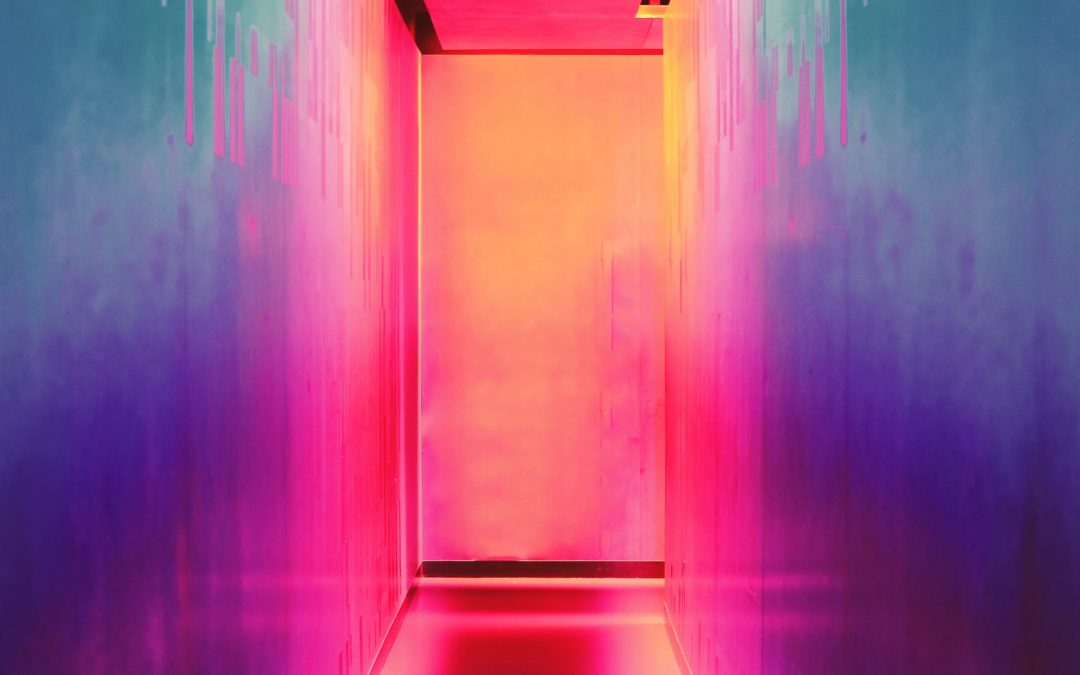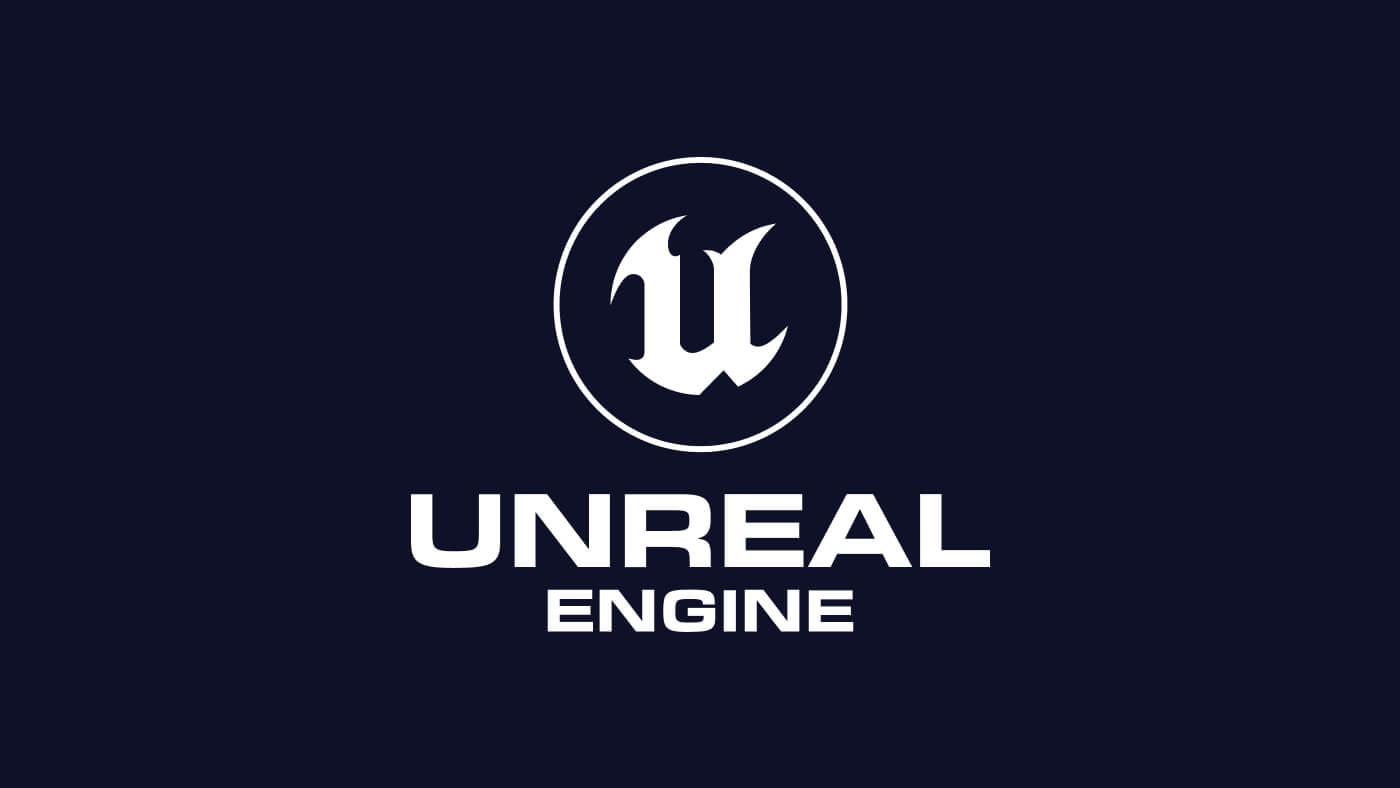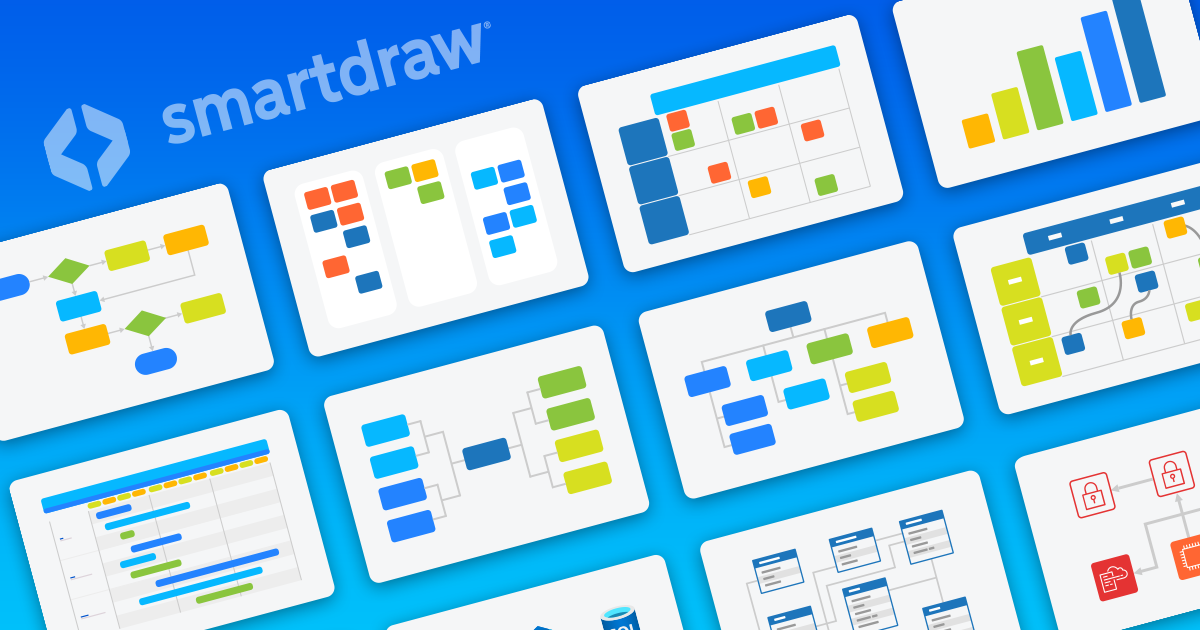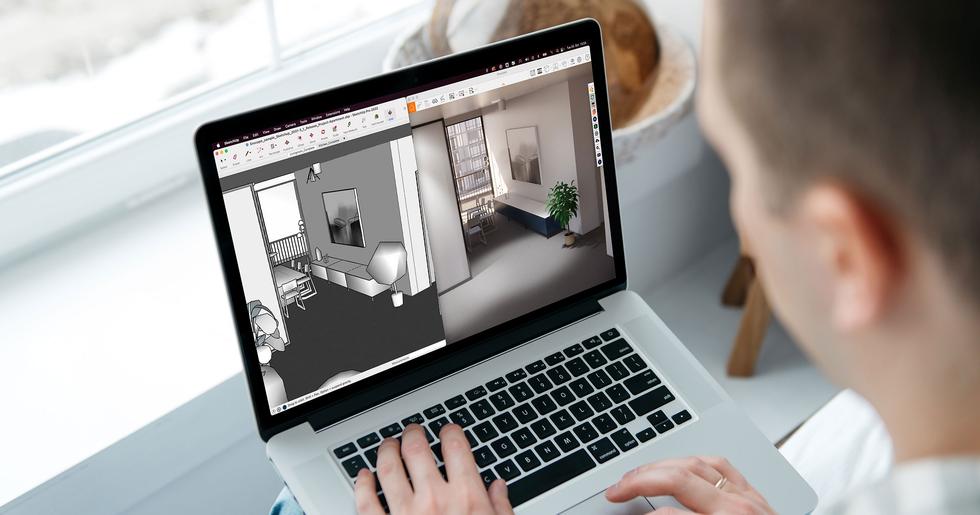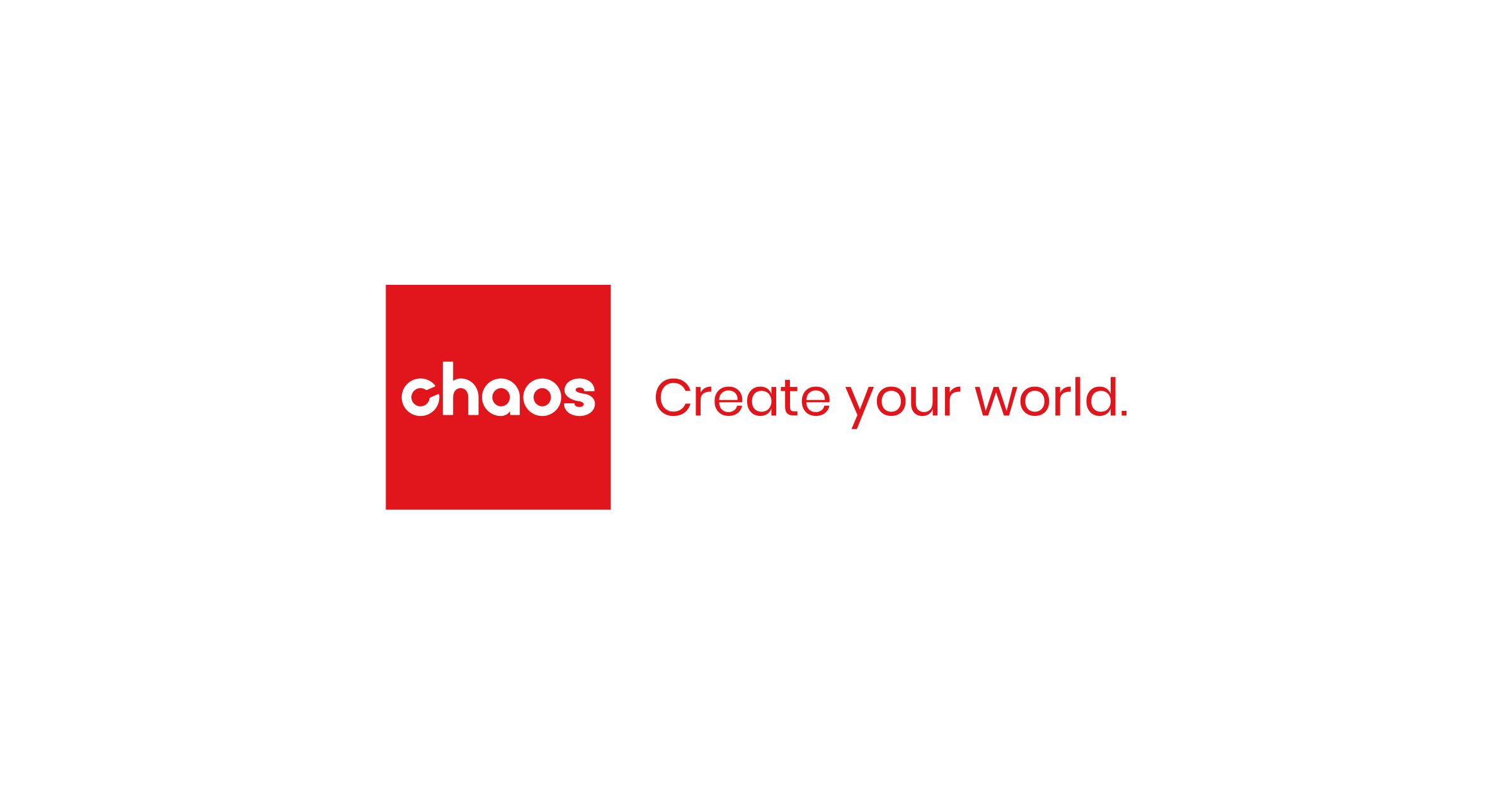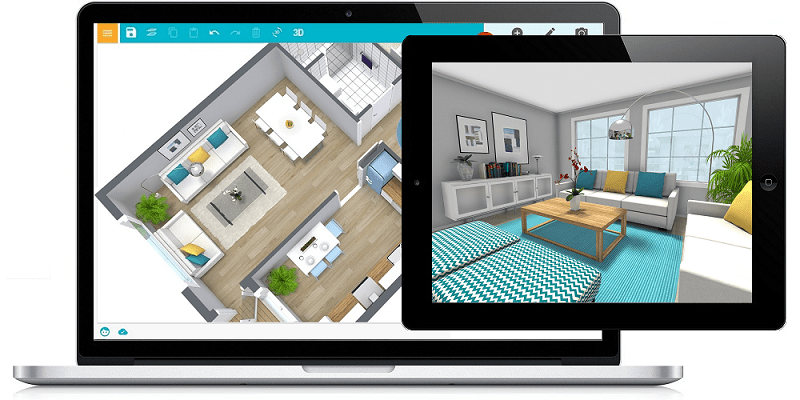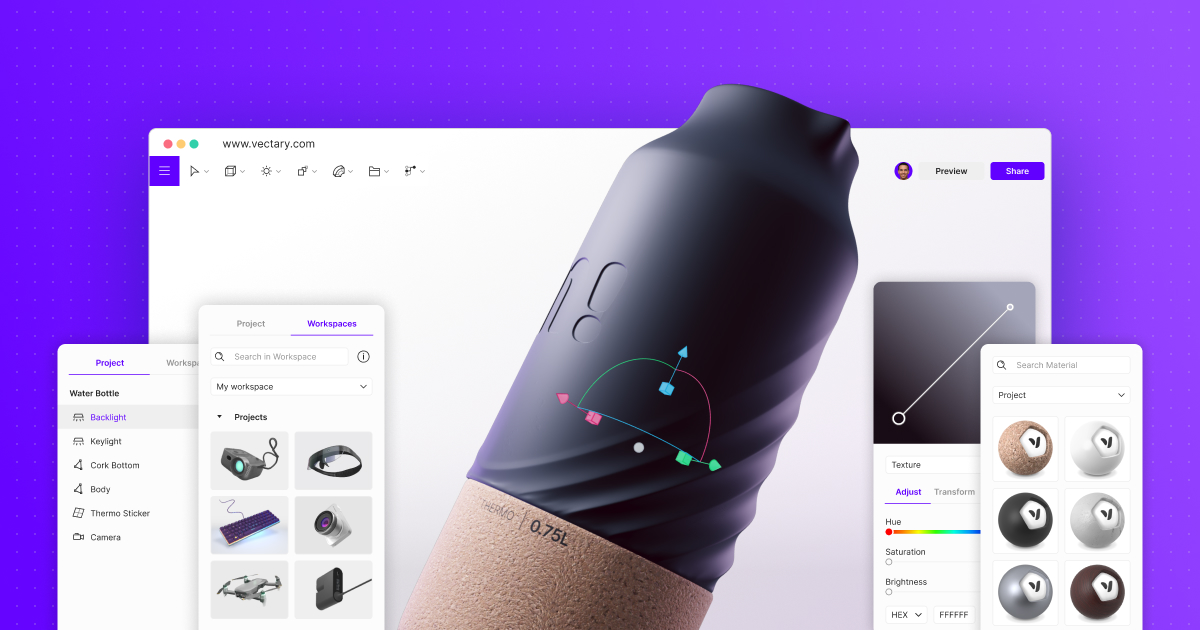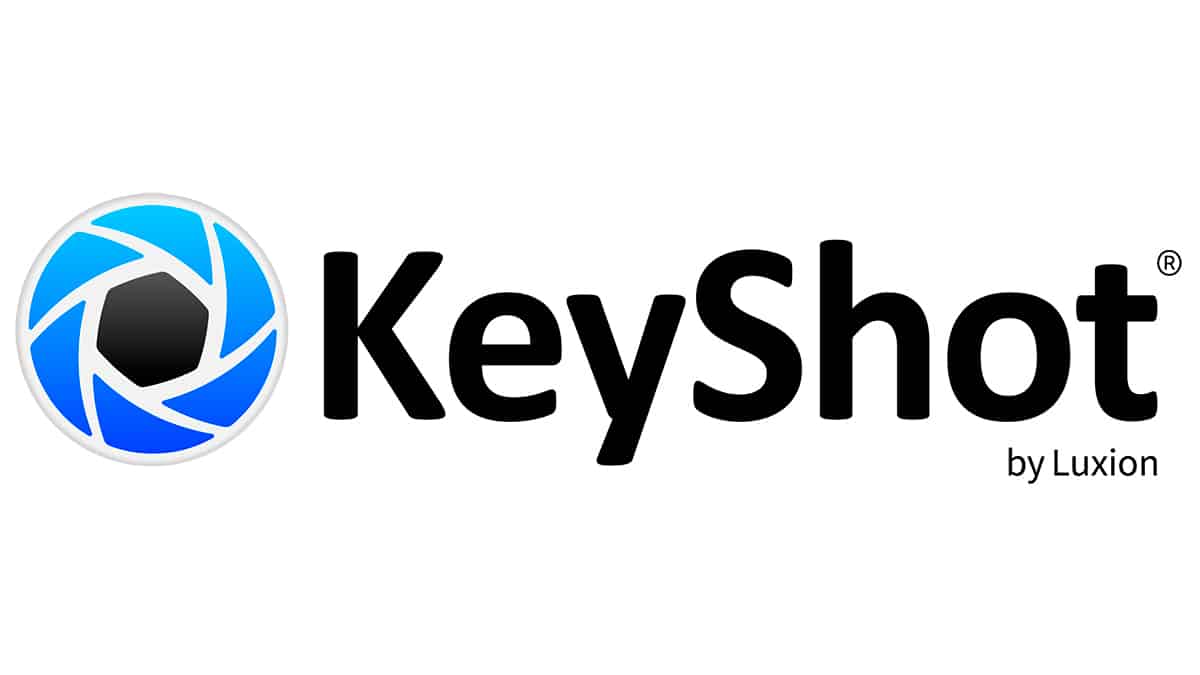Introduction
Interior design software has revolutionized the way spaces are conceptualized and brought to reality. With the right tools, you can visualize, iterate and share designs virtually before spending time and money on physical construction. This guide reviews 15 leading interior design programs across 2D drafting, 3D modeling, rendering, furniture placement and more to help you find the perfect fit for your needs and budget.
Methods of Evaluation
The software options are evaluated based on conventional factors like features, pricing, reviews and popularity. Additional weightage is given to parameters like the number of monthly backlinks and website traffic to determine a program’s mindshare and market penetration. Keyword search trends are also analyzed to identify ascending and potential breakout options. This multidimensional approach aims to deliver the most holistic recommendations factoring both qualitative and quantitative metrics.
1. Blender
Blender is a free and open-source 3D animation software. Originally developed as an in-house animation and rendering software for companies like NeoGeo and headus, Blender has since been developed as an open-source project managed by the Blender Foundation.
Pros: Some key advantages of Blender include:
– It is completely free and open source software
– Very versatile and can be used for architectural modeling, interior rendering, animation, VFX and more
– Large global community providing support through tutorials, plugins and forums
– Constantly updated and developed with new features each release
Cons: One potential disadvantage is that Blender has a relatively steep learning curve compared to some paid professional 3D software as it is very powerful and customizable. It may take some time investment to learn how to fully utilize its capabilities.
Pricing: Blender is completely free to download and use with no restrictions or fees. All the source code is openly available as well which allows for a very open development model driven by its large community.
Some key stats about Blender include:
– Over 20 years of active development
– Used in numerous films, games and other media
– Over 2 million downloads per month
– Available for Windows, macOS, Linux and customizable for other operating systems
BlenderThe Freedom to Createblender.org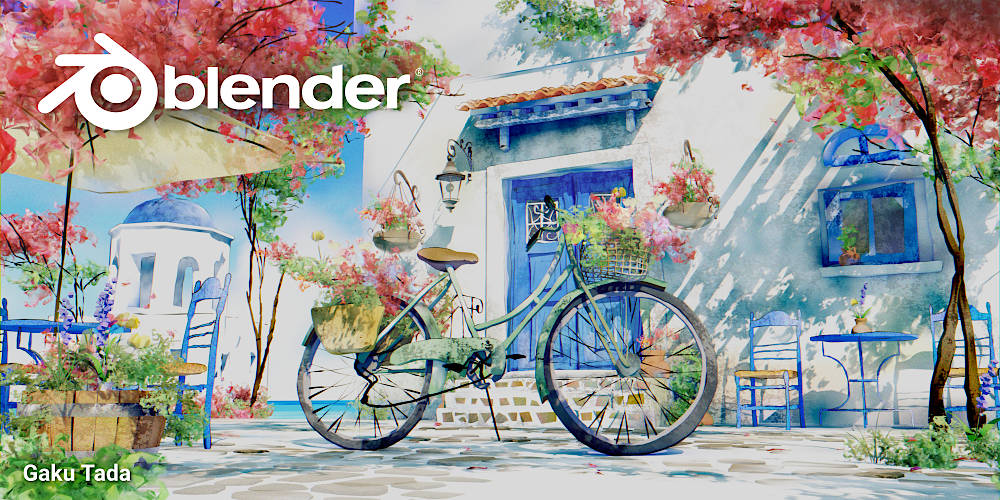
2. Inkscape
Inkscape is a free and open-source vector graphics editor. It can be used for creating or editing vector graphics such as illustrations, diagrams, line arts, charts, logos and iconic symbols. Inkscape’s features include live previews, powerful drawing tools, fill, stroke, opacity, stroke width controls and more.
Pros: Some key advantages of using Inkscape include:
– It is free and open source making it very cost effective
– Has powerful vector drawing tools for precise manipulation of paths, shapes and objects
– Supports layers, align and arrange tools useful for organization
– Dimensioning features allow manual drafting of technical illustrations
Cons: One potential disadvantage is that as it is open source, regular updates and support may not be as prompt or extensive as paid proprietary software.
Pricing: Inkscape is completely free to download and use. There are no restrictions or costs involved in using it either commercially or non-commercially.
Some key facts about Inkscape include:
– Over 200 native file formats supported including PDF, PNG, SVG, etc
– Runs on Linux, Windows and macOS operating systems
– Has more than 100 brushes and blend modes
– Actively developed by an open-source community since 2003
3. Unreal Engine
Unreal Engine is a 3D creation tool and game engine developed by Epic Games. While primarily used for game development, Unreal Engine is increasingly being used for architectural visualization and interior design projects due to its powerful real-time rendering capabilities.
Pros: Some key advantages of using Unreal Engine for interior design include: it’s usefulness as both a game engine and 3D tool allows for interactive experiences beyond static renders; advanced rendering technologies provide photorealism suitable for design presentations; the plugin ecosystem gives access to tools like Revit and SketchUp importers to streamline workflows.
Cons: As Unreal Engine is focused first on games, some interior design tasks like BIM integration may not be as seamless or supported as with dedicated architectural programs. The learning curve can also be steeper compared to simpler rendering or CAD tools.
Pricing: Unreal Engine is free to download and use though a 5% royalty is charged on profits over $1 million from products using their toolset. Paid monthly subscriptions from $19 provide access to full engine updates and learning resources.
Some key stats and capabilities of Unreal Engine include: support for photoreal textures, lighting and post-effects; a vast plugin ecosystem that expands creative possibilities; frequent major releases that bring new features and improvements; and extensive documentation and learning resources available both online and via in-person training.
4. DraftSight
DraftSight is a free 2D CAD software developed by Dassault Systèmes. As a free 2D CAD software, it provides professionals with robust 2D drafting and design capabilities.
Pros: Some key advantages of DraftSight include:
– It’s free which makes it very cost effective
– Robust feature set for 2D technical drawings, blueprints, schematics etc
– Integrated collaboration features through DWG compatibility
– Lightweight and powerful for 2D CAD use cases
Cons: The main disadvantage is that as a free product, it is missing some advanced features found in paid alternatives like AutoCAD.
Pricing: DraftSight is completely free to use for both personal and commercial use. There are no premium or paid tiers.
Some key stats about DraftSight include:
– Used by over 5 million users worldwide
– Available for Windows, Mac, and Linux operating systems
– Active development with regular updates and new features
– Fully compatible with AutoCAD DWG files for collaboration
5. RenderMan
RenderMan is 3D rendering software developed by Pixar Animation Studios. As the renderer behind many acclaimed animated films like Toy Story, Finding Nemo, Monsters Inc. and more, RenderMan is considered the industry standard for photorealistic CGI rendering. Its unbiased, physically-based rendering engine is designed to produce cinema-quality results.
Pros: Some key advantages of RenderMan include: – Accurate simulation of natural lighting effects like ray tracing, global illumination and caustics – Extensive shader development ecosystem with Node Graphs for material creation – Integrates seamlessly with 3D applications like Maya, Blender, Houdini – Fast GPU rendering allows for quick previews and iteration – Continually optimized for increased speed and fidelity
Cons: One potential disadvantage is that RenderMan requires a paid commercial license for commercial use, though educational and indie licenses are more affordable. The learning curve can also be somewhat steep compared to other renderers.
Pricing: RenderMan pricing starts at $995 per year for an Indie License, $2,995 per year for a Studio License and $9,995 per year for a Feature License. Educational licenses are available for $150 per year.
Some key stats about RenderMan include: – Has rendered over 100 feature films since 1988 – Widely used in the VFX and animation industries by studios like DreamWorks and ILM – Supported on all major workstations and render farms – Constantly updated and improved based on Pixar’s latest technology
6. SmartDraw
SmartDraw is a leading visual communication tool that allows users to create technical diagrams, flowcharts, mockups, and other visuals through an intuitive interface. Founded in 1995, SmartDraw continues to innovate with new features and capabilities to make complex diagrams and designs easy to create and share. With users in over 150 countries, SmartDraw makes visual communication simple for teams and individuals alike.
Pros: Some key advantages of SmartDraw include:
– Intuitive and efficient UI for quickly creating diagrams, charts, floor plans, and other visual content
– Real-time collaboration allows teams to work simultaneously on projects remotely
– Extensive library of templates and examples to get started quickly
– Integrations with other tools like MS Office and Slack for a seamless workflow
Cons: One potential disadvantage is that SmartDraw does have limited offline use as a cloud-based application. However, the ability to save locally and sync files provides some offline functionality.
Pricing: SmartDraw offers several paid plans starting at $49.95 per month for an individual plan. Team and enterprise plans are also available for larger organizations and businesses.
Some key facts about SmartDraw include:
– Available as a cloud-based web and desktop application for Windows and Mac
– Used by over 5 million people worldwide
– Supports over 300 types of diagrams across multiple categories like software, flowcharts, engineering, and more
– Integrates directly with Google Drive, Box, Dropbox, and Microsoft OneDrive for cloud storage and sharing
7. ArchiCAD
ArchiCAD is a building information modeling (BIM) software developed and sold by Graphisoft. In use by architects in over 90 countries, ArchiCAD is one of the most widely used BIM design software in the world. It offers a comprehensive set of tools to support the entire architectural design process from early conceptual design through construction documentation.
Pros: Some key advantages of ArchiCAD include:
– Powerful BIM solution optimized for architects architectural workflows
– Advanced parametric modeling and visualization tools speed up design exploration
– Integrates structured non-graphic data into the design process to enhance decision making
– Open API allows for customization and integration with other tools in designers’ tech stacks
Cons: One potential disadvantage is that the upfront investment in ArchiCAD may be higher than some competitors due to additional startup costs for training and adoption. However, this cost is often recouped through long term efficiency gains.
Pricing: ArchiCAD pricing starts at $3,995 for a single user perpetual license. Graphics workstation licenses are available separately. Subscription plans including upgrades and support starting at $299/month are also offered. Educational pricing and volume licenses are available through authorized resellers.
Some key stats about ArchiCAD include:
– Over 30 years of development and refinement as a dedicated BIM solution for architects
– Used on over 1 million projects globally
– Integrated data model supports IFC, BCF, and other open standards
– Advanced rendering and visualization tools for internal and external rendering
ArchiCADGraphisoft Solutions Graphisoft Services Help & Supportgraphisoft.com
8. Houdini
Houdini is 3D procedural modeling and animation software developed by Side Effects Software. It is designed for procedural content creation and is used widely in visual effects, animation, games, architectural and engineering visualization. Houdini excels at procedural modeling, rigging, animation, effects simulation, look development, lighting and rendering.
Pros: Key advantages of Houdini include:
– Node-based system allows unlimited customization and creativity
– Strong procedural modeling capabilities through VEX scripting
– Robust effects simulation tools for water, fire, destruction and more
– Excellent toolset for technical and architectural visualization
– Deep customization through the powerful Python API
Cons: One potential disadvantage is the steep learning curve required to become proficient in Houdini due to its extensive capabilities and node-based interface.
Pricing: Houdini has different pricing tiers depending on usage. For an individual license the prices range from $4,000 – $15,000 per year. Commercial studio licenses start at $30,000 per year.
Some key stats about Houdini include:
– Used in over 90% of visual effects blockbusters
– Node-based workflow for procedural creativity
– Can create and simulate highly complex organic forms and simulations
– Strong toolset for architectural visualization and VFX
– Python API for deep customization and automation
9. Modo
Modo is 3D modeling software developed by Foundry. Modo allows designers to efficiently create organic and hard surface models for architectural, product and character design. It seamlessly integrates modeling tools like sculpting, UV mapping, lighting and rendering into one application.
Pros: Some key advantages of using Modo include:
– Powerful yet easy-to-use 3D modeling tools that allow creation of complex shapes with simplicity
– Integrates sculpting, UV mapping, lighting and rendering workflows into one software for a streamlined process
– Regular updates and training resources provided by Foundry to help users learn new features
Cons: A potential disadvantage could be the steeper learning curve compared to other beginner-friendly 3D modeling software. However, Modo provides excellent learning resources to help designers get up to speed.
Pricing: Modo is available in multiple subscription tiers starting from $45/month for an individual license. Educational and commercial bundle pricing is also available on the Foundry website.
Some key stats about Modo include:
– Used by top brands like BMW, Adidas, Intel and more for 3D modeling needs
– Over 25 years of experience in 3D design market
– Regular updates and new features released to the software
– Available on Windows and Mac operating systems
10. Onshape
Onshape is a cloud-based CAD platform that provides 3D modeling, documentation, and collaboration tools for product development teams. Onshape was founded in 2012 and is based in Cambridge, Massachusetts. Unlike traditional CAD software that runs on desktop, Onshape is a true cloud-based solution that allows engineers and designers to access their CAD models from any internet-connected device using only a web browser. This makes collaboration across teams much simpler without complicated file exchanges or proprietary file formats.
Pros: Some of the key advantages of Onshape include:
– Cloud-based platform allows for easy collaboration between team members regardless of location.
– Integrated parametric modeling and revision control tools provide flexibility and version history.
– Accessible from any device with a web browser so users are not tied to specialized desktop software.
– Affordable subscription pricing with no large upfront license fees.
Cons: One potential disadvantage is that as a cloud-based platform, users are reliant on a stable internet connection to access their CAD models and collaborate with others in real-time. An outage or intermittent connectivity issues could impact productivity.
Pricing: Onshape offers various pricing tiers for individual and team/enterprise users. Pricing starts from free limited personal use accounts. Professional and team subscriptions start from $45/month per seat billed annually. Enterprise pricing is available for larger organizations.
Some key stats about Onshape include:
– Used by over 5 million engineers, designers, students and educators globally.
– Features integrated version control and data management capabilities for seamless collaboration.
– Models can be accessed from any device with an internet connection including desktop, laptop, tablet and phone.
– Has over 100,000 active customer projects on its platform.
11. Enscape
Enscape is a real-time rendering and virtual reality plugin that works within popular 3D modeling software such as Revit, SketchUp, Rhino, ArchiCAD, and Vectorworks. Founded in 2013 and based in Munich, Germany, Enscape develops photo-realistic rendering and virtual reality technology.
Pros: Some key advantages of Enscape include:
– Real-time rendering allows for fast iterations and design exploration
– Amazing visual quality rivaling traditional rendered images
– Extensive lighting and materials controls for varied rendering effects
– Built-in support for VR/AR headsets provides immersive design reviews
Cons: A potential disadvantage is that Enscape is a monthly subscription versus a one-time purchase. For some users, this subscription model may be less desirable than owning the software outright.
Pricing: Enscape offers various subscription plans starting at $39/month for an individual Enscape Edu license. Commercial licenses start at $59/month for a single user.
Some key stats about Enscape include:
– Used by over 500,000 designers, architects, and engineers worldwide
– Renders in real-time directly within modeling software without file exports
– Compatible with Revit, SketchUp, Rhino, ArchiCAD, and Vectorworks
– LiveLink for Revit allows real-time collaboration in Revit models
12. V-Ray
V-Ray is 3D rendering and simulation software developed by Chaos. As one of the leading and most widely used rendering software, V-Ray has become the industry standard for photorealistic rendering. It efficiently renders photorealistic images and animations for visualization projects in architecture, product design, vehicle design, VFX, animation and more.
Pros: Some key advantages of V-Ray include:
– Industry standard photorealistic rendering plugin for achieving accurate, photoreal results.
– Physically accurate materials and lighting models that behave like in real life.
– GPU rendering capabilities that provide much higher rendering performance over CPU rendering alone.
– Robust feature set for realistic image synthesis including caustics, depth of field and global illumination.
Cons: One potential disadvantage is that V-Ray requires powerful workstations or render farms for large complex projects due to the computational demands of photorealistic rendering. This makes the upfront hardware investment higher compared to some other real-time rendering solutions.
Pricing: V-Ray pricing starts at $995 for an annual subscription of V-Ray Next for a single license. Volume discounts are available for multiple licenses. Chaos also offers custom enterprise plans for studios, agencies and large companies.
Some key stats and facts about V-Ray include:
– Used in over 95% of all architectural visualizations.
– Supports all major 3D modeling applications like 3ds Max, Maya, SketchUp, Rhino, Revit and more.
– Render times reduced by up to 10x with the GPU rendering capabilities.
– Has over 250 material presets that behave photorealistically.
– Continuous rendering integrations allow real-time preview and iterative design.
13. RoomSketcher
RoomSketcher is an interior design software that allows users to create 2D and 3D floor plans. Founded in 2011 and based in Copenhagen, Denmark, RoomSketcher offers both free and paid plans for home designers, architects, and homeowners. With over 10 million downloads, it is one of the most popular floor plan design apps available.
Pros: Some key advantages of RoomSketcher include:
– Intuitive and easy-to-use interface for basic floor planning
– Ability to create 2D floor plans, elevations, sections and 3D mockups
– Free basic plan allows for simple room sketches and layouts
– Paid plans provide additional features like importing site plans, exporting to PDF, and larger file sizes
– Web and mobile apps provide accessibility from any device
– Collaboration tools are useful for team projects and client feedback
Cons: A potential disadvantage is that RoomSketcher may not have all the advanced CAD and BIM tools needed for very complex architectural projects. It is best suited for simpler home remodeling, additions, or basic floor planning use cases.
Pricing: RoomSketcher offers both free and paid plans. The free Basic plan allows for basic 2D floor plans. Upgraded paid plans start at $5.99/month or $59.99/year and provide additional features, larger file sizes, exports and integrations.
Some key stats about RoomSketcher include:
– Used by over 10 million users worldwide
– Available as both a web and mobile app for iOS and Android
– Supports over 100 file formats for CAD, BIM, and 3D modeling programs
– Integrations with real estate listings on Zillow, Realtor.com and other sites
– Collaboration tools allow for real-time drawing and commenting
14. Vectary
Vectary is a 3D modeling and design tool that allows users to create and share 3D content on the web. Developed by Anthropic, Vectary aims to make 3D modeling accessible to all through a cloud-based system that can be accessed from any device with a web browser.
Pros: Some key advantages of Vectary include:
– Cloud-based software allows collaborating teams to work on 3D projects simultaneously from anywhere
– Built-in publishing tools make it easy to embed and share interactive 3D content on websites and other platforms
– Intuitive interface makes 3D modeling approachable for users of all skill levels
Cons: As a cloud-based solution, an internet connection is required to access and use Vectary. Some users may prefer to have 3D modeling software installed locally.
Pricing: Vectary offers both free and premium paid plans. The free plan provides access to basic 3D modeling tools and a single project. Paid plans starting at $15/month provide additional advanced features, storage, and collaborator seats.
Some key stats about Vectary include:
– Used by over 100,000 designers, engineers and artists worldwide
– Renders 3D models and scenes in real-time photorealistic quality directly in the browser
– Integrates augmented reality capabilities to view 3D content in the real world
15. KeyShot
KeyShot is a professional 3D rendering and presentation software used for product visualization, animation, and technical illustration. Founded in 2002, KeyShot has been the industry standard in 3D rendering for over 20 years. With an intuitive interface and powerful rendering engine, KeyShot allows both professional designers and enthusiasts to efficiently create photorealistic images and animations without the need for programming experience.
Pros: Some key advantages of using KeyShot include:
– Professional yet user-friendly rendering engine that provides photorealistic results with speed and accuracy
– Extensive libraries of ready-to-use materials, environments, and objects that save significant time
– Powerful yet intuitive interface optimized for ease of use
– Real-time interactive rendering for quick visualization and iteration
Cons: The main disadvantage of KeyShot is the licensing costs – while the standard perpetual license is affordable, volume licenses and subscriptions can be expensive for larger teams or companies. Render farm plugins also have additional costs.
Pricing: KeyShot offers flexible pricing options depending on your needs. The standard perpetual license starts at $995. Subscription plans start at $49/month. Educational and OEM licenses are also available. Volume discounts are provided for larger teams and companies.
Some key stats about KeyShot include:
– Used by over 200,000 professionals worldwide in industries like engineering, architecture, manufacturing, automotive, and more
– Renders over 1 billion frames per day
– Material library contains over 1,500 physically correct materials
– Supports all major 3D file formats directly in the software like 3DS, OBJ, STL, etc.
Conclusion
With such a variety of powerful and specialized tools, every designer is sure to find software matching their workflow. Experiment with the free trials of top options like SketchUp, Sweet Home 3D or RoomSketcher for basic modeling or pick industry standards like Revit, Archicad or Vectorworks for advanced BIM and collaborative projects. Enscape, Vray or KeyShot are excellent for photorealistic renderings while Blender, Houdini or Modo provide massive creative potential. Carefully evaluating your needs will lead you to the ideal interior design software partner for 2023 projects.



